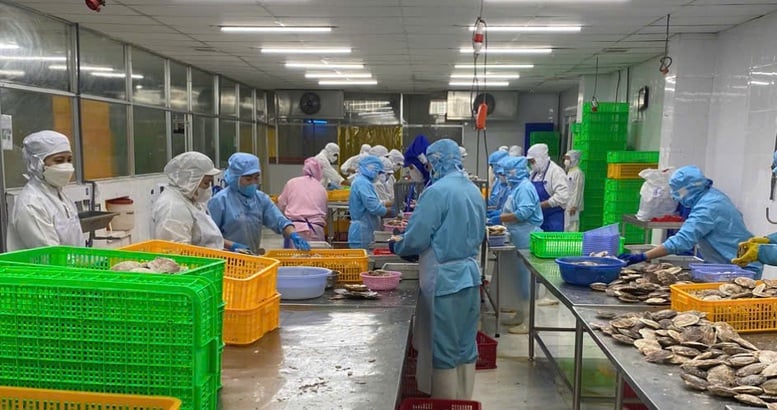
Vietnam is one of the important supply partners exporting agricultural, forestry and fishery products to the EU - Illustrative photo
In 2024, the EU imported 348 billion USD of agricultural, forestry and fishery products and is forecast to increase to nearly 364 billion USD in 2025. Main import items include vegetables, seafood, coffee, cashew nuts, wood, pepper, etc. Of which, the import turnover of coffee alone in 2024 reached 26.33 billion USD, accounting for more than 60% of global coffee trade.
In this picture, Vietnam is one of the important suppliers of agricultural products to the EU, increasing from 3.76 billion USD in 2019 to 5.44 billion USD in 2024. In the first 7 months of 2025 alone, the turnover reached 4.73 billion USD, an increase of 49% over the same period. Key products include coffee, seafood, cashew nuts, wood and vegetables; in which Germany, the Netherlands, Spain, Belgium and Italy are the largest import markets.
However, this value only accounts for 2% of the EU's total agricultural imports. That means that Vietnamese agricultural products still leave 98% of the market share open - a "gap" full of potential but also full of challenges.
According to Mr. Tran Van Cong, Vietnam's Agricultural Counselor to the EU, there are many reasons why Vietnamese goods have not yet fully exploited their potential. Specifically, the EU has not yet licensed terrestrial animal products from Vietnam. Seafood is still affected by the "IUU yellow card" for illegal exploitation. As many South American, African, and Asian countries shift their supply sources to the EU thanks to tariff incentives, Vietnamese goods are under great pressure on prices. Long geographical distances and high logistics costs have increased prices, reducing competitiveness. Exports are mainly raw, semi-processed, and low-value-added goods, while the EU prioritizes processed, organic, and sustainably certified goods.
The EU focuses on food safety, sustainable development, and traceability. Some products such as dragon fruit, chili, and okra are still strictly inspected because they have violated pesticide residues. Meanwhile, the EU will implement the Deforestation Prevention Regulation (EUDR) from December 31, 2025, requiring transparency in the supply chain. Although Vietnam is classified in the low-risk group, businesses still need to prepare carefully... which are also difficult points for Vietnamese agricultural, forestry, and aquatic products to penetrate deeply into this market.
These "bottlenecks" explain why Vietnamese agricultural products only account for a small proportion of EU imports.
Solutions to fill the "gap"
After 5 years of implementing the EVFTA, nearly 100% of tariff lines have been eliminated. Compared to competitors subject to MFN tariffs of 4% or more, Vietnamese goods have a clear advantage.
For example, Vietnam's roasted and instant coffee enjoys a 0% import tax, while many other countries have to pay 7.5 - 11.5%; Processed fruits and vegetables are also exempt from tax, creating a great competitive advantage thanks to the year-round source of tropical fruits; Seafood has more than 600 enterprises granted export codes to the EU, especially value-added products such as high-quality black tiger shrimp, ASC-certified organic shrimp; Vietnam's wood and wood products have great potential when the EU's demand reaches nearly 60 billion USD/year, especially products with legal certificates according to FLEGT, EUDR.
Faced with increasingly stringent requirements, many Vietnamese enterprises have proactively restructured. Specifically, for the coffee industry, Vietnam Coffee Corporation also aims to become a green agricultural corporation by 2035, leading in innovation, developing specialized raw material areas and logistics services to support exports. For the seafood industry, the enterprise is currently focusing on ecological shrimp, ASC shrimp, targeting the high-end segment. In parallel, the industry is working with the Ministry of Agriculture and Environment to remove the IUU yellow card to open wider the door to the EU.
Wood industry, businesses invest heavily in FSC certified forests, flooring products - capital demand in the EU is forecast to reach 55.8 billion USD in 2026.
To increase the market share from 2% to a level worthy of its potential, experts have proposed a number of solutions such as fully opening the market: The Ministry of Agriculture and Environment needs to promptly complete the application for EU permission to import terrestrial animal products; speed up the process of removing the IUU yellow card; improve quality standards by developing raw material areas that meet EU standards, increasing organic areas, electronic traceability, applying clean production and deep processing technology. Taking advantage of EVFTA will boost the export of groups with tariff advantages such as processed vegetables and fruits, instant coffee, ecological shrimp, certified wood; Develop cold logistics services, open direct transportation routes to the EU to reduce costs and time; Promote Vietnamese agricultural products associated with a green, clean, sustainable image. At the same time, promote trade promotion, participate in major agricultural fairs in the EU...
The EU spends nearly 102 billion USD annually on importing fruits and vegetables, 26 billion USD on importing coffee, 60 billion USD on importing seafood, 59 billion USD on importing wood, and tens of billions of USD on cashew nuts, pepper, rubber, and handicrafts. Meanwhile, Vietnamese agricultural products only account for 2% of the market share. However, the remaining "gap" is also a golden opportunity if Vietnam takes advantage of the EVFTA, improves product quality, develops sustainably, and participates more deeply in the global value chain.
If the bottlenecks in quality, logistics and branding can be overcome, Vietnamese agricultural products can go far, from the position of "supplier" to become a strategic partner of the EU - a demanding but potential market.
Do Huong
Source: https://baochinhphu.vn/co-hoi-va-thach-thuc-cho-nong-san-vet-truoc-khoang-trong-tai-thi-truong-eu-102250820160424237.htm



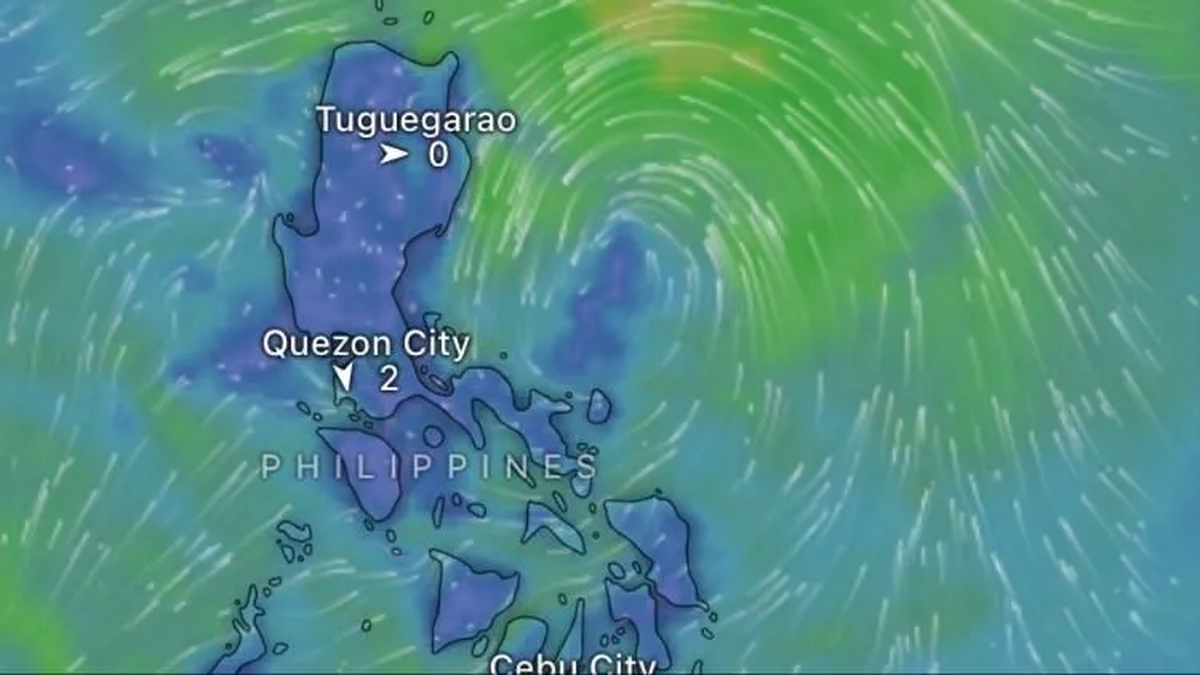
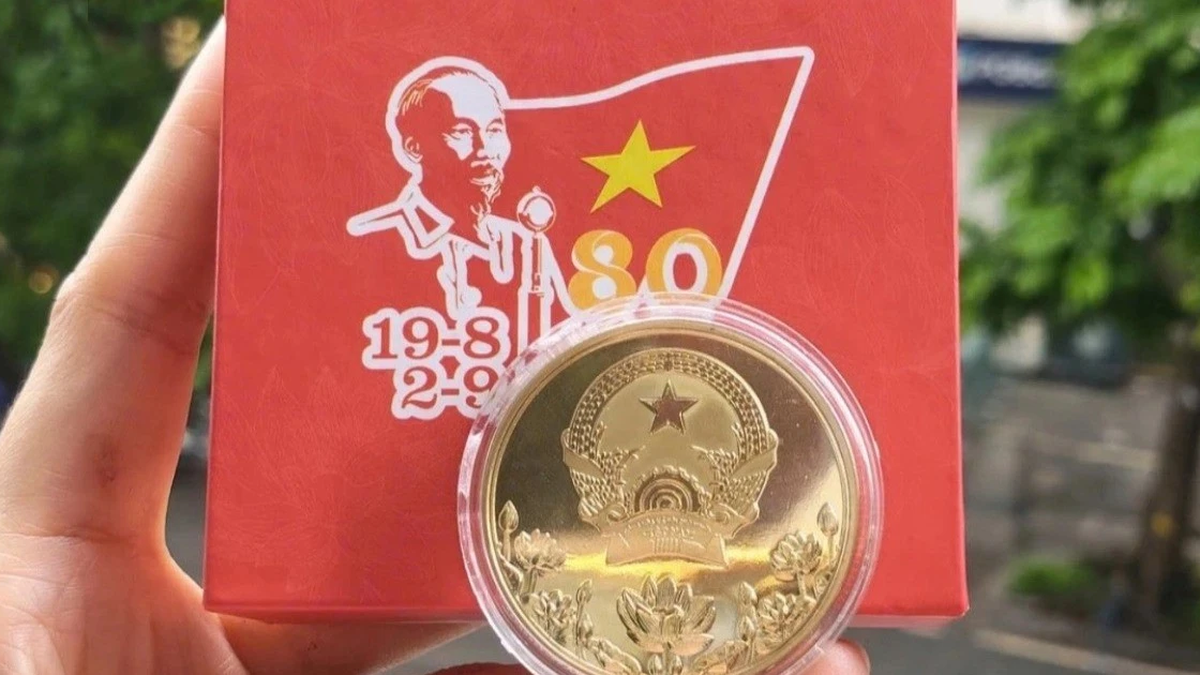
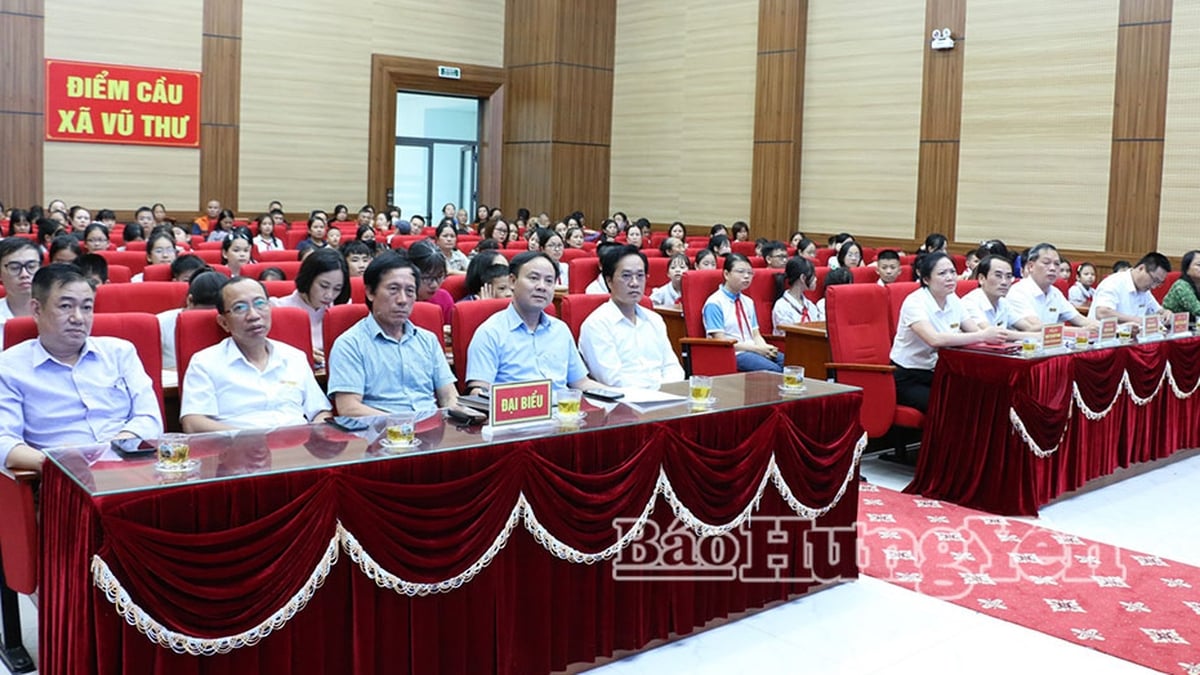

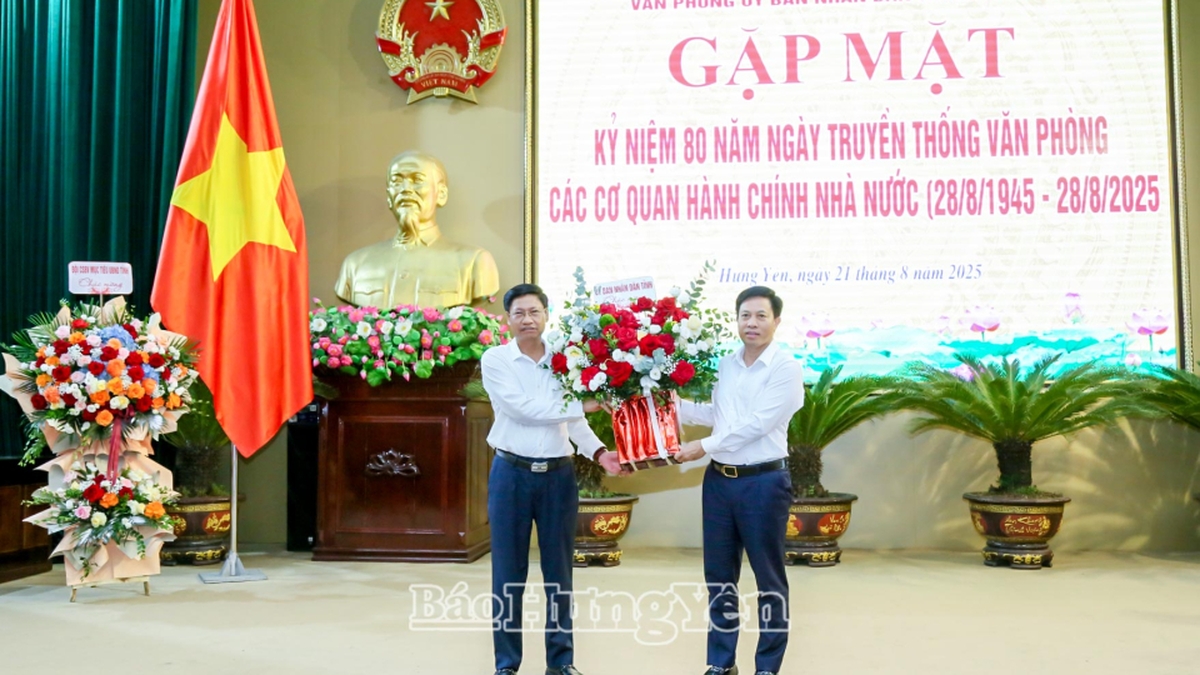


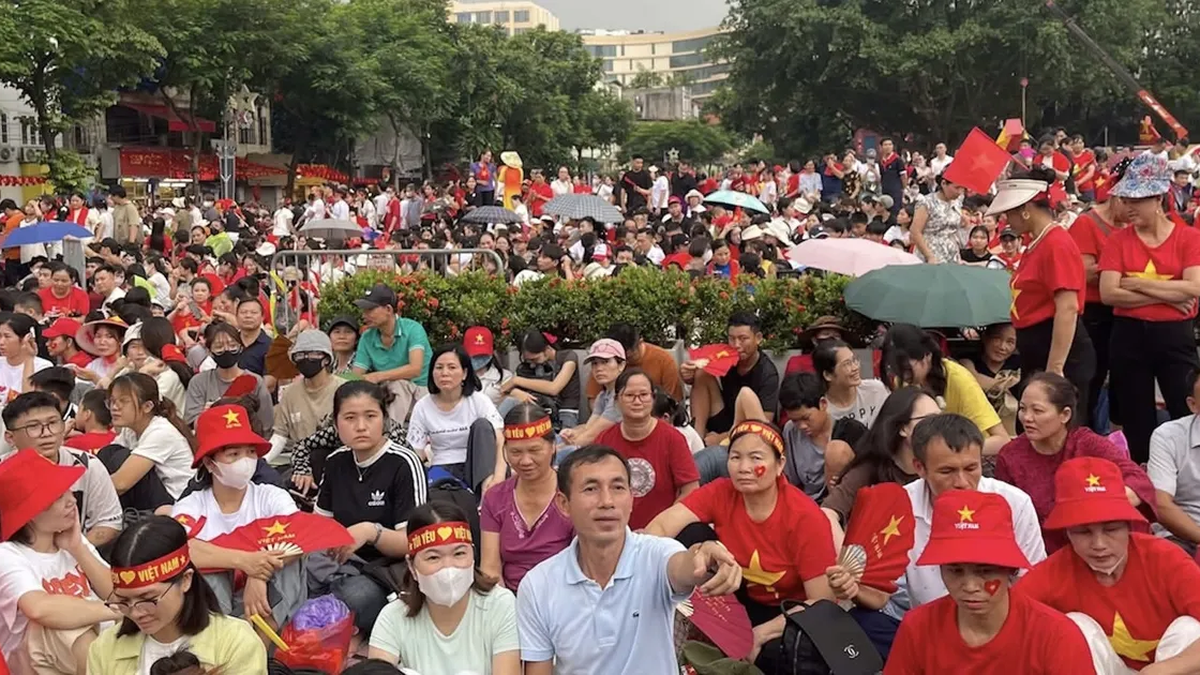
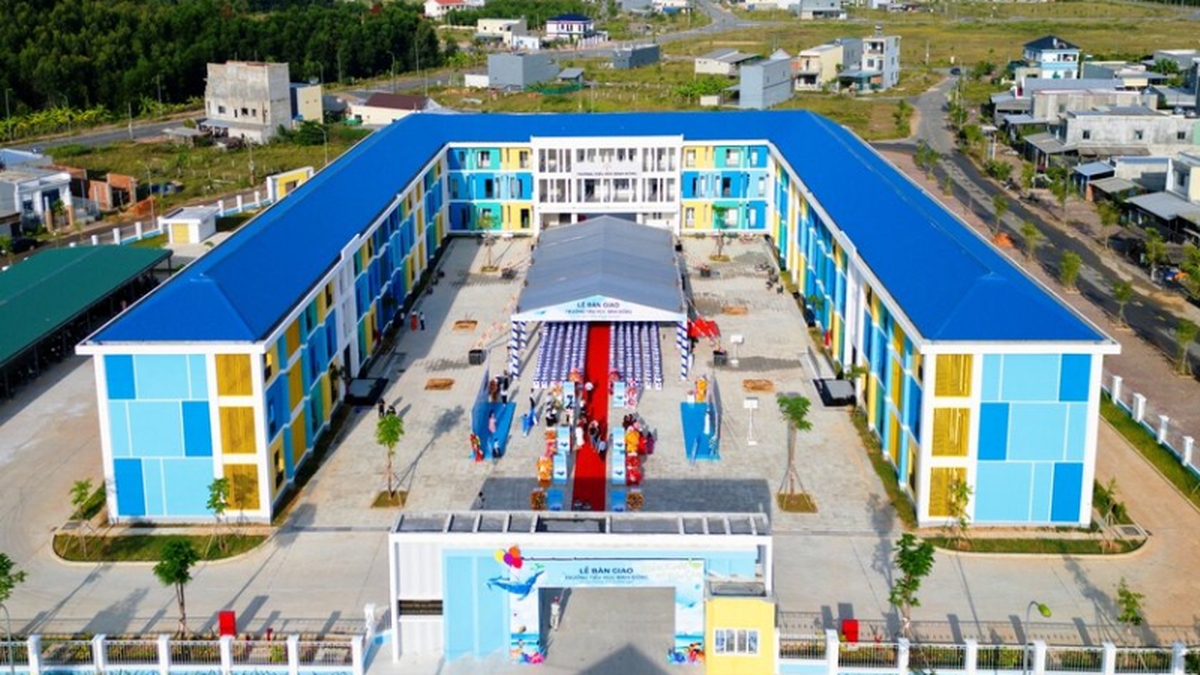
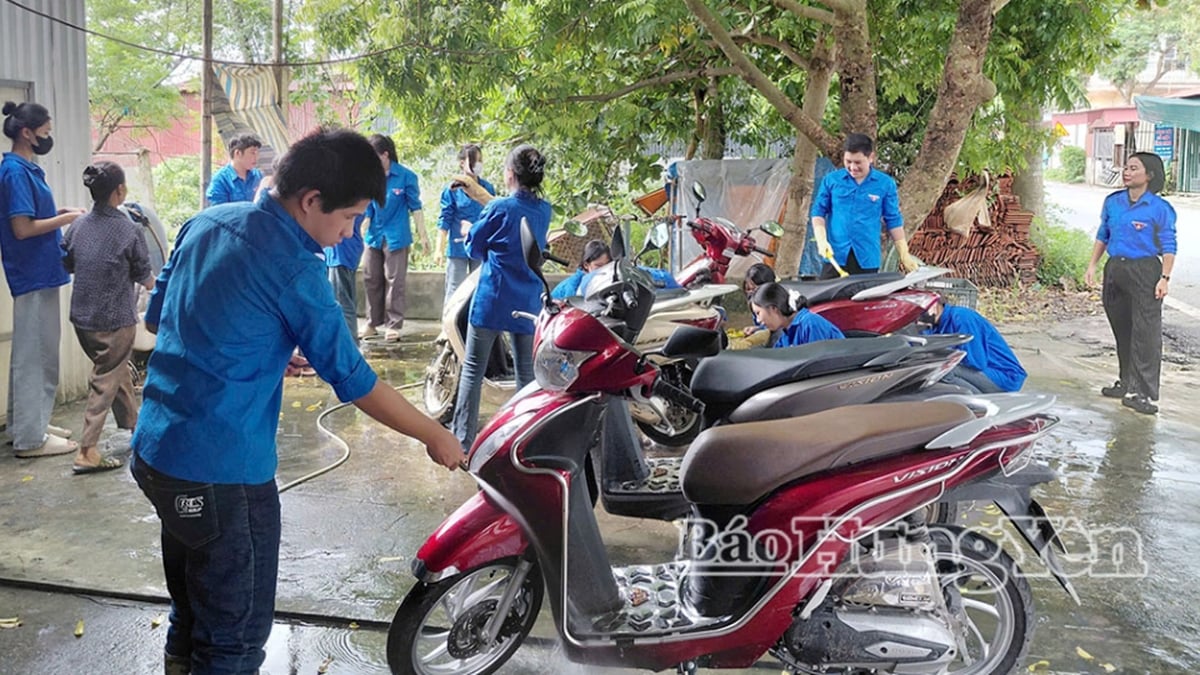










![[Photo] An Phu intersection project connecting Ho Chi Minh City-Long Thanh-Dau Giay expressway behind schedule](https://vphoto.vietnam.vn/thumb/1200x675/vietnam/resource/IMAGE/2025/8/21/1ad80e9dd8944150bb72e6c49ecc7e08)


![[Photo] Prime Minister Pham Minh Chinh receives Australian Foreign Minister Penny Wong](https://vphoto.vietnam.vn/thumb/1200x675/vietnam/resource/IMAGE/2025/8/20/f5d413a946444bd2be288d6b700afc33)

![[Photo] Politburo works with Standing Committees of Lang Son and Bac Ninh Provincial Party Committees](https://vphoto.vietnam.vn/thumb/1200x675/vietnam/resource/IMAGE/2025/8/20/0666629afb39421d8e1bd8922a0537e6)
























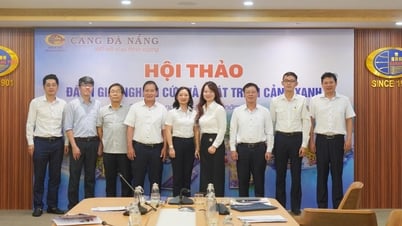






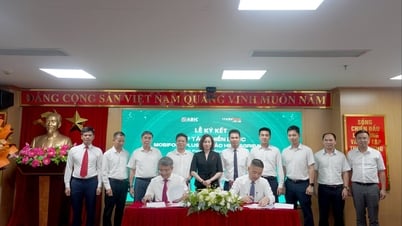




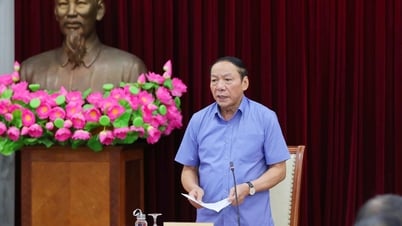




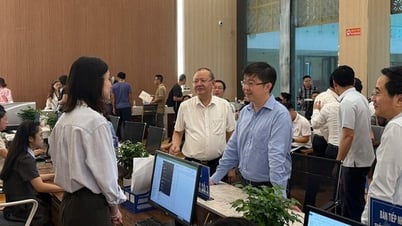






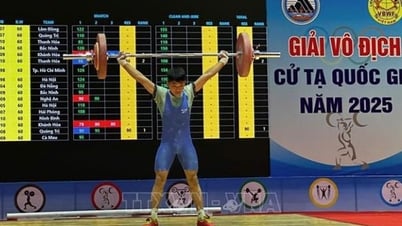











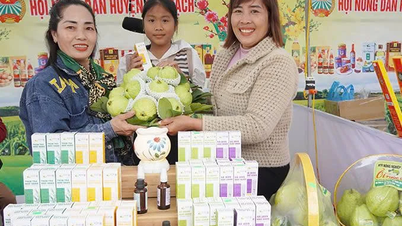











Comment (0)